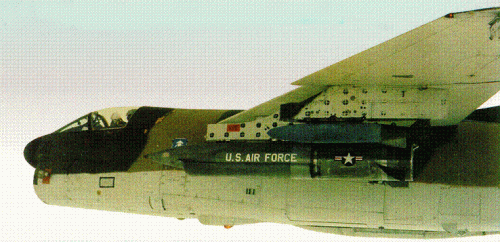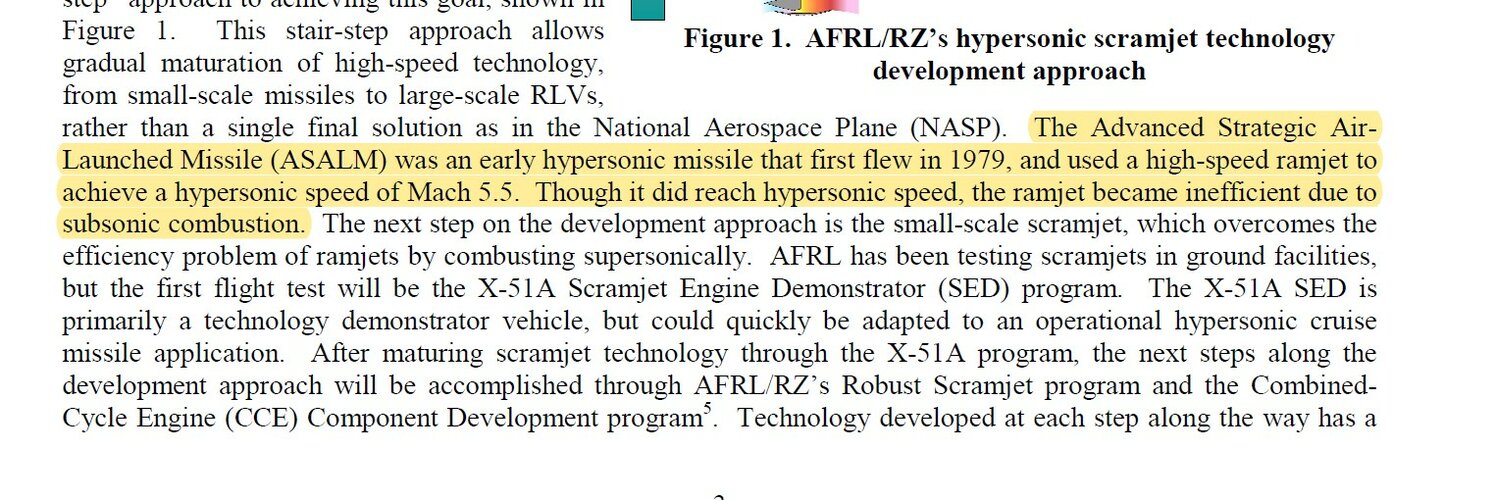Well I got my answer.
 aviationweek.com
aviationweek.com
A demonstrator for a hypersonic missile flew faster than Mach 5 for 300 nm above 60,000 ft. over a Western training range in mid-September, finally breaking a nine-year drought of successful testing for an air-launched, U.S.-made hypersonic vehicle.
Raytheon Ends Air-Launched Hypersonic Vehicle Test Drought | Aviation Week Network
DARPA’s HAWC demonstration program scores first successful scramjet test despite new scrutiny for U.S. hypersonic weapons.





